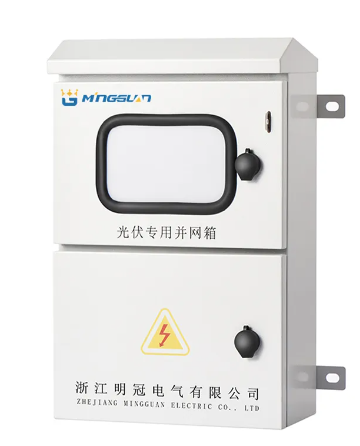A cost-effective solution is a PV grid-connected cabinet from which it helps to increase the energy efficiency and reduce operational costs. Based on a 2022 report by International Energy Agency, high-efficiency cabinets are able to cut electricity costs up to 15% annually by requiring energy conversion rates that often exceed 98%, driving higher power demand efficiency and enabling maximum performance with minimal losses. This means $300 to $400 annual savings on, let's say, a 10 kW solar system depending on the electricity rates in your area.
A quality cabinet will start at about $1,000 and run up to three depending on your spec and associated features like IoT integration including surge protection. Despite this initial cost feeling high, return on investment generally happens between three to five years, according to industry insiders. One example is a commercial California solar farm with Schneider Electric cabinets that achieved a 20% reduction in maintenance costs over five years, resulting in $50,000 in total savings across the life of the project.
This also contributes to the cost-effectiveness of having the cabinet last longer. Tough enough to last 15+ years, they keep inverters, batteries and other components safe from environmental damage as well as electrical damage saving money on replacing and repairing. This ruggedness is reflected in the PV grid-connected cabinets from ABB, which are housed in IP65-rated enclosures and when deployed in temperature hot zones like the Middle East, they also reduced equipment failure rates by 30% post-deployment.
The other major feature is grid stability, that reduces penalties on energy overfeed/underfed in regulatory environments with stricter rules. In Germany, the share of solar in national energy mix is over 40% and a large-scale system can incur annual fines due to grid imbalance of €10,000. With better cabinets regenerating voltages and currents, they prevent those business losses for operators thus the investment becomes very economical.

As Elon Musk likes to say, “Everyone must make the economics work for renewable energy. This aligns with the benefit offered by PV grid-connected cabinets that provide scalable solutions for residential, commercial and industrial applications at an affordable price range. Basic models can be bought for $500 or so, which small-scale homeowners are using, while large-scale installations can bear much steeper capital costs thanks to economies of scale.
These cabinets are also cost-effective because they require maintenance and monitoring. Companies like Huawei offer models capable of performing real-time diagnostics enabled through IoT, allowing operators to solve the problem in time and lowering down times. According to a study in 2023, a smart cabinet reduced system downtime by 12%, yielding an additional $1,000 worth of energy per year for a 50 kW system.
The conclusion remains clear. The economic viability of a PV grid-connected cabinet is optimized as it saves energy, lowers the maintenance costs and prolongs its lifespan. It is the key element in cost-effective solar power systems by combining these advantages.